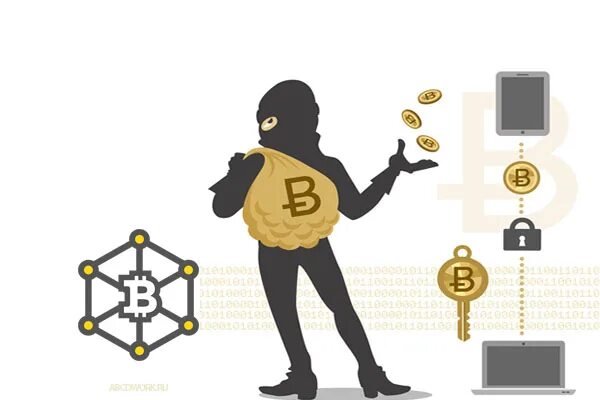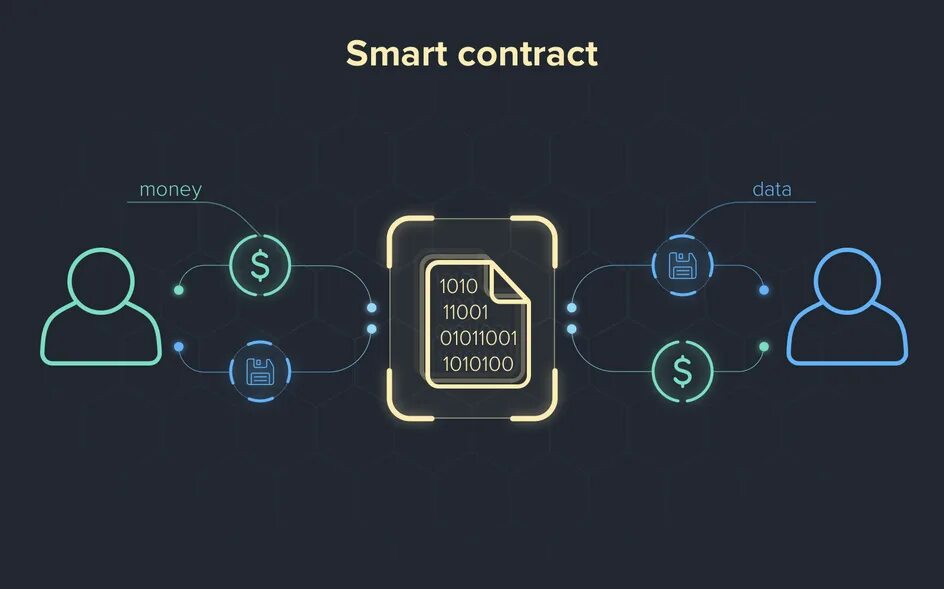Smart contracts are automated agreements operating on a blockchain. They execute when predefined conditions are met, making them transparent and reliable. However, attackers find ways to exploit vulnerabilities in these technologies for fraudulent schemes.
Key risks include:
- Errors in code. Even minor flaws can allow attackers to interfere with the contract's operation.
- Backdoors. Developers may intentionally leave hidden mechanisms that give them control over users' funds.
- Centralized control. Despite the decentralized nature of blockchain, some smart contracts remain under the control of their creators.
- Lack of audit. Many projects enter the market without independent security code audits, increasing the likelihood of vulnerabilities.
These shortcomings are used to withdraw assets, manipulate contract terms, and create fake investment projects.

Popular Crypto Contract Scam Schemes
Scammers develop complex deception schemes, exploiting users' trust in blockchain technologies.
The most common methods include:
- Rug Pull (liquidity withdrawal). Creators issue tokens and attract investments but then suddenly withdraw all liquidity, leaving users with devalued assets.
- Fake ICOs. Under the pretext of an Initial Coin Offering, scammers collect money and then disappear without providing the promised assets.
- Fake DeFi platforms. Sites offering high returns on investments but are actually designed to steal deposits.
- Contract exploits. Using code vulnerabilities to withdraw funds or gain unauthorized access to users' assets.
- Fee manipulation. Changing contract parameters, making withdrawals impossible or too expensive.
- Fake NFT projects. Creating fake collections of interchangeable tokens sold at inflated prices, after which the team disappears.
These schemes are common among both new projects and existing blockchain platforms, where attackers can implant malicious code.

Blockchain Scams and Crypto Contract Manipulations
Some fraud schemes are based not only on technical vulnerabilities but also on psychological influence.
Common methods include:
- Fake audits. Scammers publish fake security audit reports, creating the appearance of project reliability.
- Fake development teams. Using photos and names of real people without their knowledge.
- Phantom transactions. Creating fake activity to simulate project popularity.
- Centralized control. Despite promises of decentralization, project creators can change smart contract parameters unilaterally.
- Fraudulent staking programs. Users are offered to lock funds in a contract at high interest rates, but withdrawing them later is impossible.
Attackers use complex schemes, combining various methods to gain users' trust before withdrawing assets.

How to Protect Investments from Fraud
To avoid losses when using smart contracts, it is important to observe precautionary measures.
Recommended steps:
- Check contract code and audits by independent experts.
- Analyze developers' access to code changes.
- Study user reviews and project team history.
- Use only verified platforms for investments.
- Check token liquidity and withdrawal mechanisms.
- Avoid projects with unclear contract usage terms.
- Verify that there are no hidden functions in the code allowing interference with user balances.
- Check the project's reputation in the crypto community and on specialized forums.
- Beware of projects with unrealistic promises of high returns.

Additional Security Measures:
- Asset diversification. Never keep all funds in one project. Diversification reduces potential losses.
- Monitoring contract activity. If developers can unilaterally change terms, it increases risks.
- Using hardware wallets. Storing assets on cold wallets reduces the likelihood of theft.
- Tracking suspicious transactions. Analyzing blockchain operations can reveal anomalies.
- Studying the project's white paper. It is important to check the clarity of the smart contract's operation mechanism description.
Smart contracts provide transparency and automation of transactions, but their shortcomings make them a tool in the hands of fraudsters. Observing safety measures helps minimize risks and protect investments.



